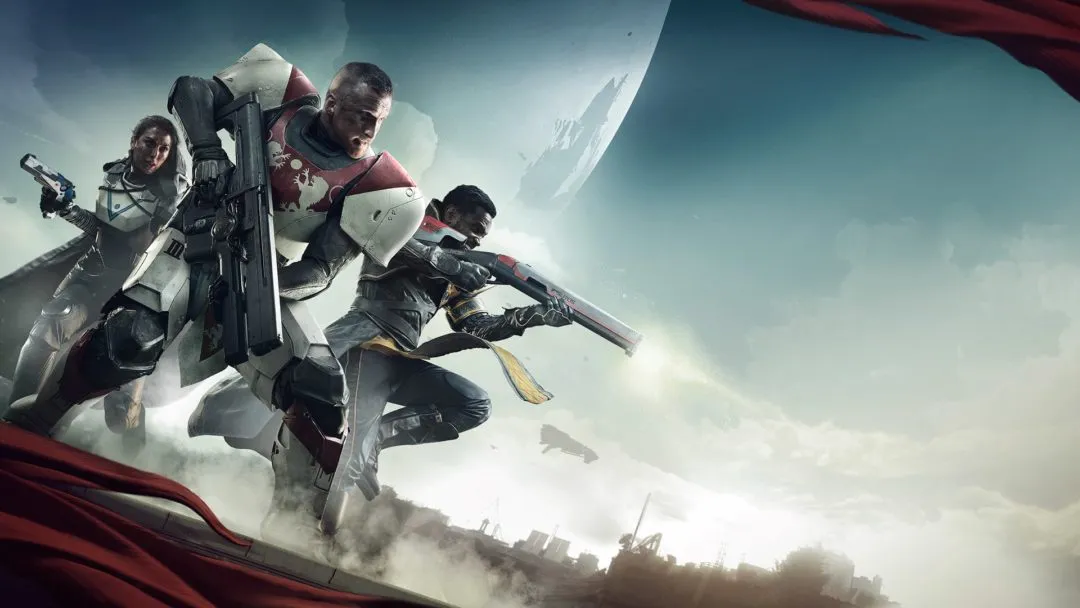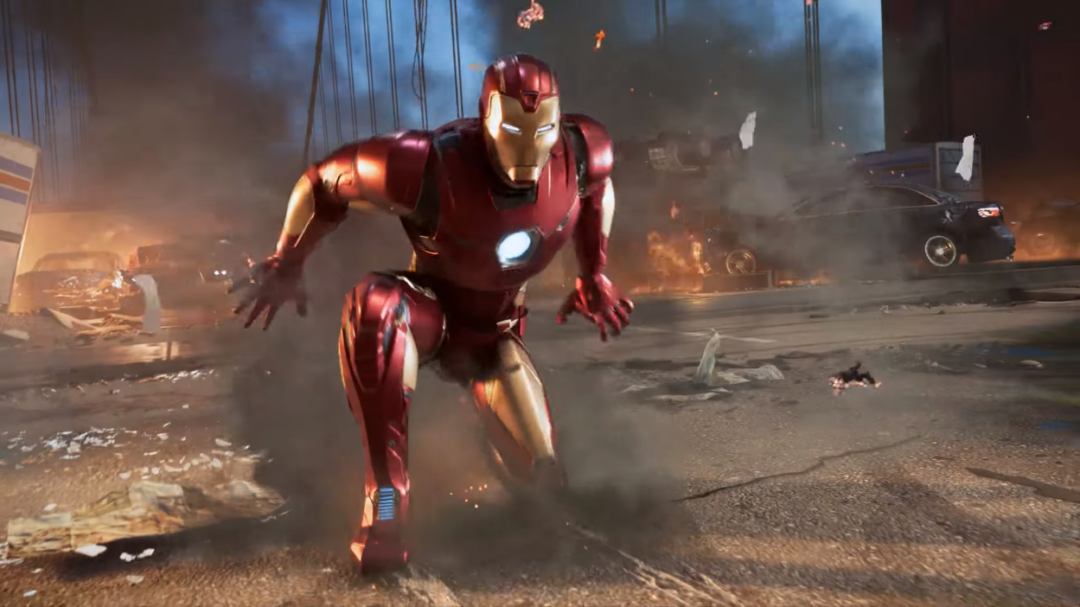
Nobody ever asks me, “Shamus! What can Sony do to redeem the time and money they’ve spent on PlayStation Home?” This is partly because my advice would only benefit a Sony executive, but mostly because nobody gives a pair of broken waggling thumbsticks about PlayStation Home. This is a shame, because when Sony built Home, they spent a lot of money to build some impressive technology that hasn’t reached as large an audience as they might have hoped, and hasn’t really lived up to its full potential yet. Kind of like the PS3 itself. I believe that PlayStation Home can be made to work, and that it can even strengthen the PS3 platform and help sell games. I think it can do this without any huge development costs. Sony just needs to take some of the systems they’ve already built and start plugging them into each other.
Just in case you’re a sensible person who doesn’t go around beta testing non-games bound to struggling console platforms, let me give you the short version: PlayStation Home is a virtual world attached to the PlayStation Network. You sign in, design an avatar, and then go mingle with a few dozen other PS3 users. You can text chat, voice chat, look for playmates, or go shopping for virtual-world goodies using your real-world money. If you’re really interested in spending money, you can buy yourself a new apartment. You can also go bowling (if you can find an open lane) or play some other simple videogames. The areas are small but attractive and pleasant. The crowds are no worse or better than any other gathering of random online strangers.
People are saying that PlayStation Home is pointless, and Sony is probably interpreting this to mean they need to add more bowling lanes or dull single-player amusements. But the “pointlessness” complaint is actually just a symptom of the real problem, which is that PlayStation Home is currently unfit for the purpose for which it was designed. PlayStation Home is perfectly capable – in a technological sense – of sustaining a viable population for all the same reasons that certain World of Warcraft users hang around in Goldshire for hours at a time. Those people aren’t really “playing” World of Warcraft, they’re enjoying the persona they’ve constructed with all of their in-game effort. There is no gameplay in Goldshire (not for the max-level or first-level types who populate the place, anyway) but it serves as a social hub for players when they’re not playing the game. That’s exactly what Sony is trying to create in PlayStation Home, but their wrong-headed approach negates the most crucial and fundamental needs of this sort of socialization.
When you first begin PlayStation Home you have a very limited wardrobe. A few pants and a small handful of shirts. If you want something to express your individuality, then you need to hike over to the mall and pony up some real cash for better clothes. A new shirt will run you about $1.50 USD. As someone who has spent the last fourteen years working with and thinking about virtual worlds, I can promise you that very few people want to directly buy virtual gear with real-world money. Those people do exist, but they’re never going to be more than a small fraction of the potential userbase. Thanks to MMO games, there is even a stigma associated with this sort of thing. Buying your gear online is seen as lame by many. In an MMO, nobody can tell if you acquired your item via gameplay or EBay, but in PlayStation Home your non-default shirt announces to everyone who sees you, “I paid real money for this.”
The result is that most people end up wearing the starting clothes, which makes the world feel bland, which reduces the quality of the experience for everyone. $1.50 is not much money, but who wants to get out their credit card for such a small-change transaction?

But even if people did want to buy gear, this is no way for a 190 billion dollar company to make a living. The population of Home is such that, even if the population jumped by an order of magnitude and even if every one of those people bought a new shirt, I doubt the money would even cover the basic development costs of Home, much less justify the ongoing operating expenses.
This is not to say that Sony should start handing out stuff for free. In fact, this is precisely what they should not do, even though they might be tempted to do so. (A common technique of struggling virtual worlds is to attempt to bribe people into hanging around with free goodies.) In fact, I’m not even suggesting they stop selling stuff in the mall. I’m saying that their first job should be to allow a player to earn that stuff by playing PlayStation 3 games.
Microsoft has the Gamertag, which is bound to the Gamerscore. It lets players know what games you’re into lately. It lets friends see what Achievements you’ve earned. It creates a record of deeds, binding your games together and making the platform itself a sort of overarching meta-game.
Sony has their own version of the Xbox gamertag, the PSN Portable ID. But it’s currently just an image of your name. They have a trophy system, but it doesn’t really go anywhere yet. But if Sony can build these features into some coherent whole and connect them with Home, then they can rival or even surpass the value of the Gamertag. If players get points for trophies, and if they can use those points to buy stuff for their PlayStation avatar, then they have something a lot more interesting than a simple “score” that goes up. They will have an investment in their Home avatar and its belongings. When a gamer is standing there in Gamestop trying to decide if he wants to get a game for his Xbox 360 or PS3, right now the Xbox will win because the game will become part of his Gamertag. But if that game could mean a sweet outfit and a new house for his avatar, then it suddenly feels like the PlayStation version is worth “more.” Sony is dicking around trying to squeeze lunch money out of their fans when they could be taking sixty dollars off of the Microsoft balance sheet and adding it to their own, every time someone buys a cross-platform game.
This creates an incentive to buy more PlayStation games, to play them longer, and to go into Home and turn those points into possessions and real estate. Home couldn’t get away with directly charging someone $40 for one of their digital shirts, but they could create tiers of clothing where you have to earn about $40 worth of trophies. It boils down to the same thing, except the clothing is now itself a sort of trophy, and announcement to everyone who sees you, “Yes, this is a top-tier shirt. I earned it, because I love these games and this platform.”
Then Sony just needs to complete this circle of technology by letting the user take a snapshot of their resplendent avatar to appear on their PSN ID. Their ID will then be a status symbol which they will naturally want to show off in forums and blogs. This lets other people on other platforms see what they’re missing. You have a Gamerscore of 10,000? That’s nice. Check out this awesome avatar I constructed. People will want to buy games to improve their avatar. And like high-level Goldshire inhabitants, they will want to hang around Home and show off what they have between games of Drake’s Fortune and Little Big Planet.
This system will not be magical for everyone, but for a certain subset of gamers the avatar-building will be a compelling activity that will drive sales and populate Home the way Sony intended.
Shamus Young is the author of Twenty Sided, the vandal behind Stolen Pixels, and he would love to have a reason to visit Home again.




Published: Mar 13, 2009 09:00 pm